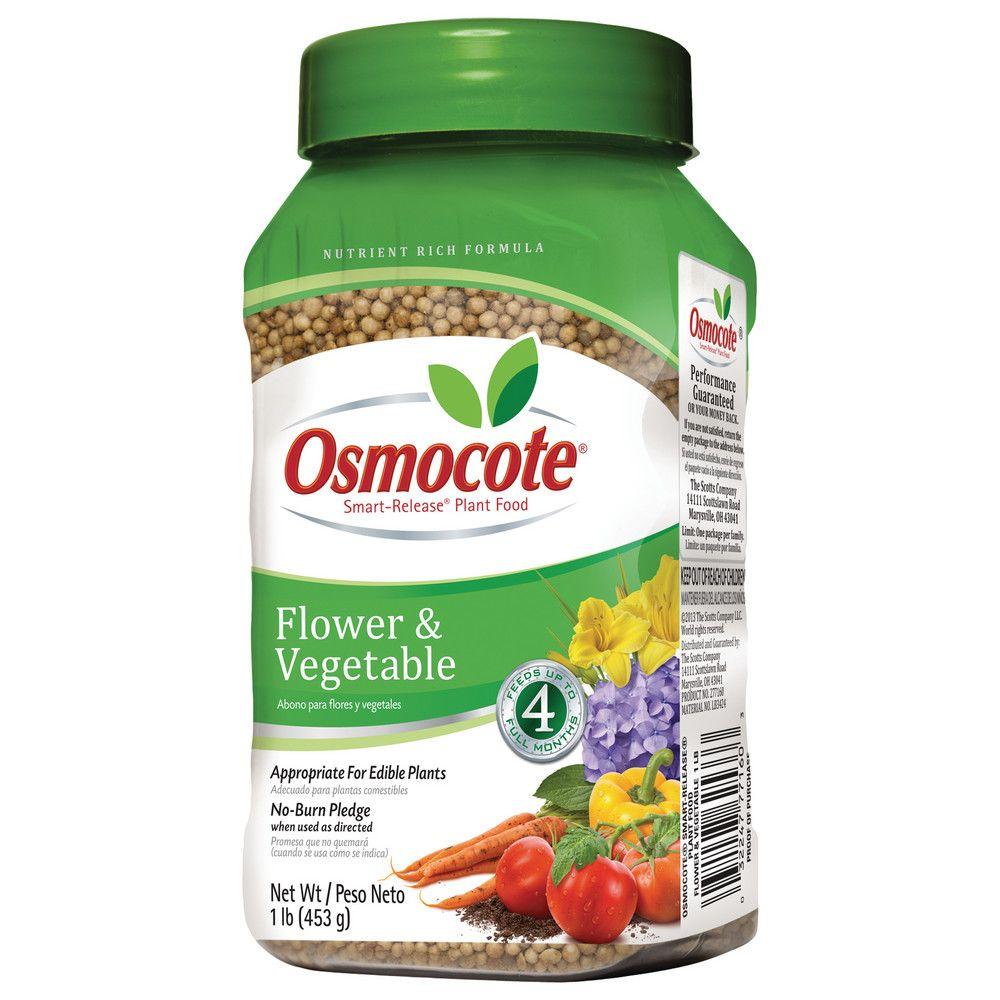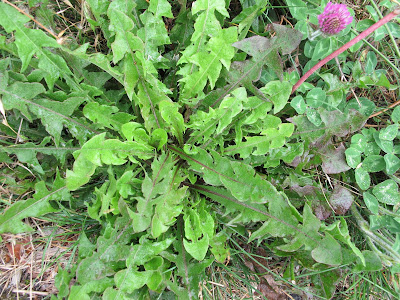We began our 2020 gardening season with controlled admission to the garden. Our community garden, a place where food production and charity work occurs, was deemed a necessary entity by the state of Washington. In small, socially distanced groups, we weeded, tended, sowed, and planted. It was incredibly disheartening for the group to forgo our annual spring meeting and work party, but we were elated to have access to our plots.
As the season progressed, we gardened without gathering. We worked in our food bank and focused energy and resources to provide organic produce to our community. We are incredibly proud to be able to support Hopelink.
Every single gardener at MCGA plays an essential role in helping our garden run effectively. Honorable mentions are as follows.
Thank you to:
- Our foodbank leadership and their efforts made this year a successful year of donations to Hopelink Redmond and Hopelink Kirkland.
- Our foodbank worker bees for tending and harvesting our crops with care.
- Our produce driving team for your timely and dedicated deliveries.
- Our ground crew for weeding, spreading hogs fuel, cleaning plots, picking up garbage, winding up hoses, and helping garden neighbors.
- Our mentors for sharing their knowledge and time with others.
- Our board for your leadership and time.





















































